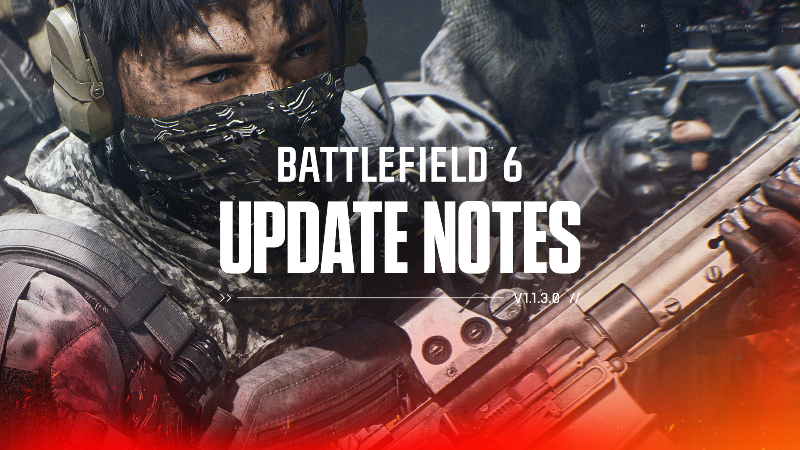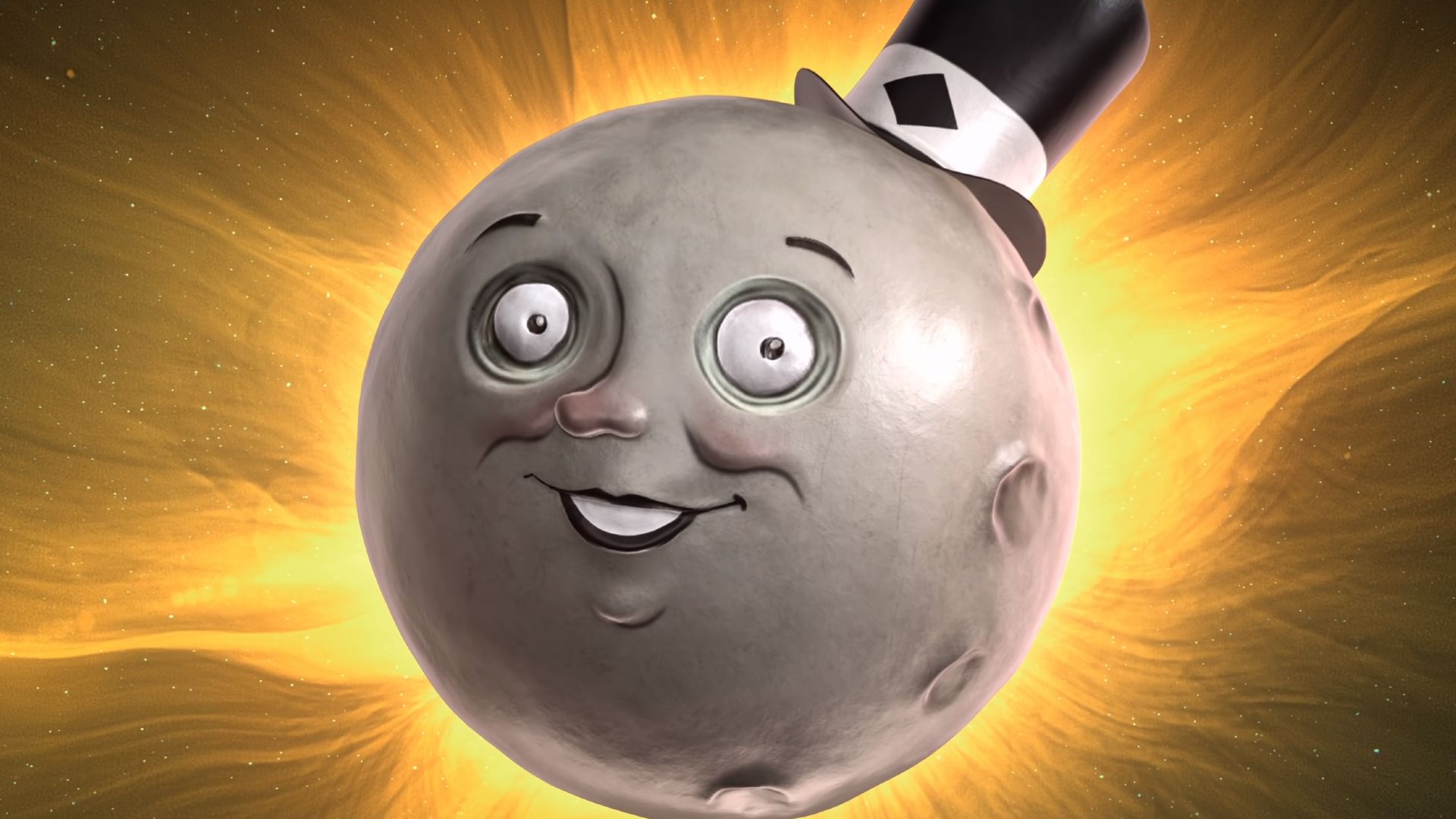Michael McWhertor
is a journalist with more than 17 years of experience covering video games, technology, movies, TV, and entertainment.
Hi Rez Studios and Titan Forge Games will release a sequel to Smite, the third-person MOBA that was first released in 2014 and has drawn 40 million players since, the companies announced Friday. Smite 2 will bring with it an Unreal Engine 5-powered upgrade, and promises full cross-play and cross-progression.
Smite 2’s developers say that the move from Smite’s Unreal Engine 3 to Epic Games’ newest game engine will give the sequel more “godlike impact” — meaning graphical upgrades and more dazzling effects. But Titan Forge and Hi Rez are also promising gameplay improvements, including an updated user interface and better matchmaking. Developers also say that Smite 2 will be built with multiple control schemes in mind from the start: keyboard and mouse, controller, and even SteamDeck.
The original Smite isn’t going away. Titan Forge and Hi Rez say they plan to keep the original running as a stand-alone title, and the game “will continue to receive regular updates and servers will remain available for the foreseeable future.” But not all cosmetics from Smite will carry over to Smite 2, given the undertaking of bringing 10 years of content to the sequel.
“There are currently over 1,600 skins in Smite, excluding Mastery skins,” Titan Forge and Hi Rez said in an FAQ on the Smite 2 website. “To just port every skin to Smite 2 would take about 246 person-years of work. And we couldn’t both do that, and make Smite 2 as amazing as we knew it could be if we focused on starting anew.”
An alpha playtest of Smite 2 is planned for the spring. Smite fans interested in giving the sequel a go can register to take part at the game’s official website.
Smite 2 will be playable on PlayStation 5, SteamDeck, Windows PC, and Xbox Series X. Like the original Smite, it will be free to play.
The original Smite launched on PC in 2014, and has since been ported to Nintendo Switch, PlayStation 4, and Xbox One. That game has more than 130 playable gods from more than a dozen pantheons, but the playable roster also included guest appearances from painter Bob Ross, metal band Slipknot, and characters from Avatar: The Last Airbender and The Legend of Korra.
Source: Polygon


